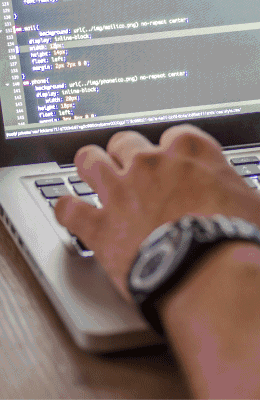Blog - News
Feb 10, 2017 | Read time 2 min
The language of Romance

When we hear Catalan nowadays we think of Barcelona, of Gaudí, of Miró and the strange sounding language with hints of Spanish that so many Barcelona dwellers speak – and this makes us question why we bothered learning Spanish at school.
However, the breadth and depth of Catalan stretches much further than that. It is spoken across Catalonia and in various variants in Valencia, the Balearics, parts of France, Sardinia and even appearing as the official language of Andorra.
It is a language that has had a potted history, declared socially unacceptable or illegal on numerous occasions throughout Spain’s past, yet it has continually rebounded even having its own Reneixença (renaissance) in the 19th century.
Today, there are between 10 and 15 million speakers worldwide. And while it shares similarities to its cousins of the Romance languages evolved from Latin (predominantly Italian, French, Spanish, Portuguese, Romanian) – Catalan is very much its own language with a rich history of poetry, culture, art and important agency across industry, politics and commerce.
This became particularly notable last year when we released our Spanish automatic speech recognition system which generated significant interest across Spain, South America and beyond. However, we also quickly realised that, whether for call centres or media monitoring, education or subtitling – potential customers had a need for Catalan as well. Spanish was a good start but for true coverage across Spanish-speaking countries we simply had to have Catalan.
The Speechmatics languages team took it on as part of our traditional Christmas hackathon, and within 2 weeks we had a fully operating system that is available on our website and has already attracted significant interest with users across both our public cloud-based platform and private on-premises implementation.
Carme Calduch, a Catalan Lecteur of Cambridge and Queen Mary University of London tested our cloud-based Catalan transcription service.
“Speechmatics has developed a fantastic tool, doing a manual transcription is a laborious task and using this service I was able to obtain a transcript in less than 3 minutes. It is completely automatic, and the result was impressive, because the quality of the transcription is very good. Without a doubt, I’d recommend using this service – it will be really useful to professionals across multiple industries.”
With the list of languages available rapidly growing on the Speechmatics speech recognition system – we welcome everyone to sign-up for a free trial of our public speech transcription service at www.speechmatics.com. Ricardo Herreros-Symons, Speechmatics